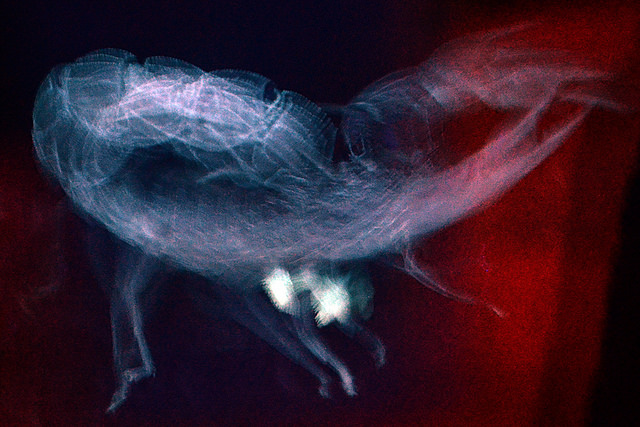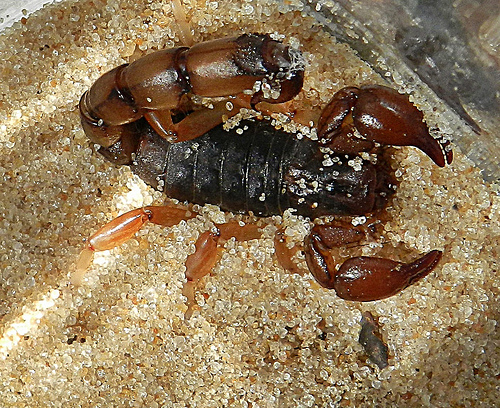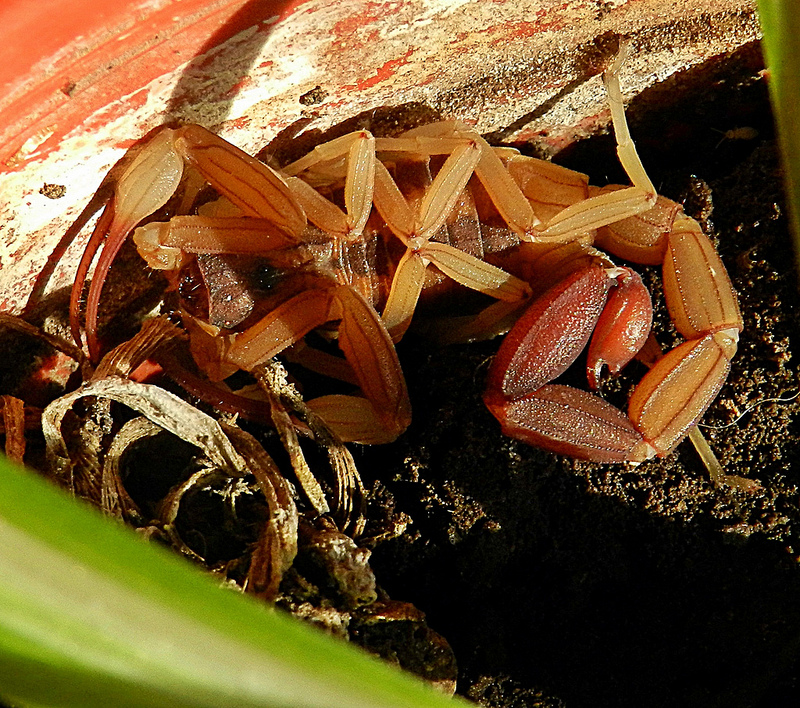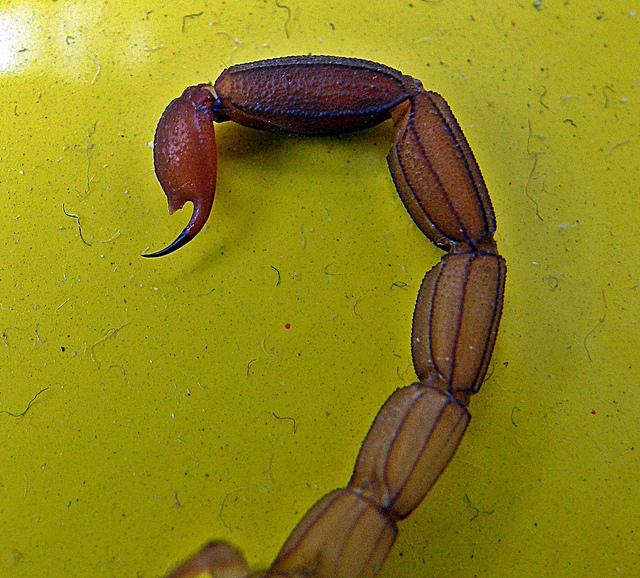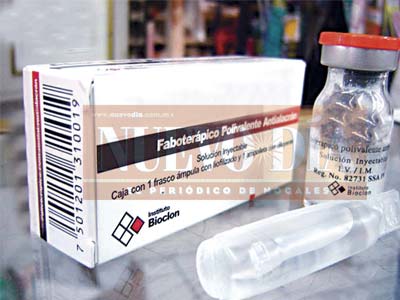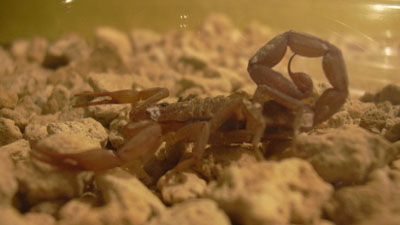Scorpion toxin can be used as a tool for studying chronic pain and inflammation
Scorpion toxin that targets ‘wasabi receptor’ may help solve mystery of chronic pain. sciencedaily.com. August 22, 2019. Summary: Researchers have discovered a scorpion toxin that targets the ‘wasabi receptor,’ a chemical-sensing protein found in nerve cells that’s responsible for the sinus-jolting sting of wasabi. Because the toxin triggers a pain response, scientists think it can […]


